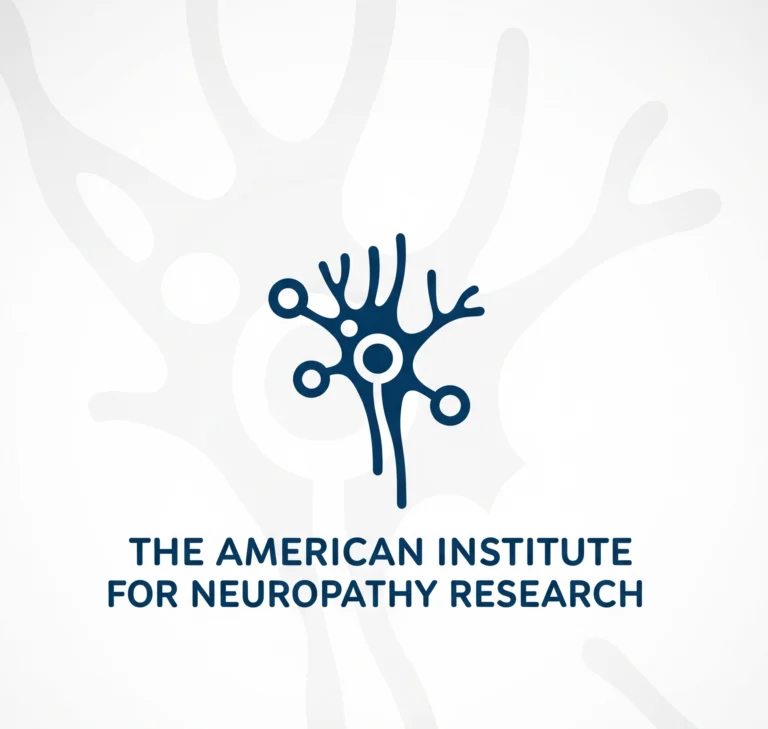
Systematic Review: The Role of MMP-13 Enzyme Inhibition in the Management of Peripheral Neuropathy Symptoms
Authors: Angela Miller, MD; Chris Adams, (Lead Researcher), The American Institute for Neuropathy Research Published: June 25, 2025
Abstract
This review analyzes existing literature concerning the etiology of peripheral neuropathy, focusing on factors beyond conventional metabolic risks. The analysis identifies the matrix metalloproteinase-13 (MMP-13) enzyme as a key antagonist in the degradation of the myelin sheath, the protective covering of nerves. Overactivity of this enzyme is correlated with common neuropathic symptoms such as pain, tingling, and numbness in the extremities. This paper concludes that therapeutic protocols focusing on the natural inhibition of the MMP-13 enzyme present a novel and effective strategy for managing these symptoms and supporting nerve health.
1. Introduction
Peripheral neuropathy is a significant clinical challenge, affecting a large portion of the adult population over 45. It is characterized by symptoms ranging from chronic pain to debilitating numbness in the hands and feet. Standard therapeutic approaches often involve prescription analgesics, such as gabapentin, which aim to manage symptoms rather than address the underlying pathophysiology. Patient compliance and satisfaction with these treatments are often low due to limited efficacy and a range of undesirable side effects. This highlights the urgent need for alternative modalities that target the root cause of nerve degradation.
2. Hypothesis
While factors like diabetes and age are known contributors, they do not account for all cases of neuropathy. This review hypothesizes that a primary catalyst for the condition is the overactivity of a specific enzyme, matrix metalloproteinase-13 (MMP-13). We propose that this enzyme actively degrades the myelin sheath of peripheral nerves, leading to the characteristic symptoms of neuropathy. Therefore, inhibiting the MMP-13 enzyme should lead to a significant reduction in neuropathic pain and a restoration of nerve function.
3. Analysis of Existing Research
The concept of enzymatic damage to nerves is supported by a growing body of scientific literature. A pivotal study published in the Journal of Anesthesia & Clinical Research identified MMP-13 as a key trigger for neuropathic pain. Further research from esteemed institutions like the University of Michigan and Brown University has confirmed that elevated MMP-13 levels are directly associated with the corrosion of the myelin sheath, leaving nerves exposed and hypersensitive. This provides a clear biochemical explanation for the burning, tingling, and stabbing sensations reported by patients.
4. Proposed Mechanism of Action: Natural Enzyme Inhibition
The logical therapeutic pathway, based on this evidence, is the inhibition of the MMP-13 enzyme. A research initiative led by Chris Adams investigated unique nutritional protocols from “blue-zone” populations, specifically on the Greek island of Ikaria. This investigation identified several key natural compounds that act as potent MMP-13 inhibitors:
Passion Flower (Passiflora incarnata): Shown in studies to possess properties that calm nerve activity and reduce inflammation.
Prickly Pear (Opuntia ficus-indica): Contains a wealth of antioxidants that protect nerves from damage.
Marshmallow Root (Althaea officinalis): Possesses anti-inflammatory compounds that directly counter the triggers for MMP-13 activation.
This combination forms the basis of a natural protocol designed to “switch off” the enzyme and allow the body’s natural nerve-repair processes to take effect.
5. Preliminary Findings (Case Studies)
Observational reports from individuals utilizing this natural protocol are highly encouraging.
Case Study 1 (D.R., Ohio): A 63-year-old male craftsman, on the verge of abandoning his hobby due to hand numbness, reported a significant return of sensation and a cessation of pain, allowing him to safely resume his work.
Case Study 2 (J.P., Florida): A 58-year-old female who feared falling due to foot numbness reported a dramatic improvement in balance and a complete resolution of nightly burning pain, enabling her to engage in gardening and family activities again.
6. Conclusion
The evidence strongly suggests that MMP-13 overactivity is a primary driver of peripheral neuropathy symptoms. Protocols focused on natural MMP-13 inhibition offer a safe, effective, and scientifically-grounded alternative to traditional pain management. This approach targets the root cause, providing a new avenue of hope for long-term relief.
A special report has been prepared for the general public, translating these scientific findings into a practical, easy-to-understand format. It details how this discovery can be applied at home. [Click here to read the full report and understand how this discovery can be applied.]